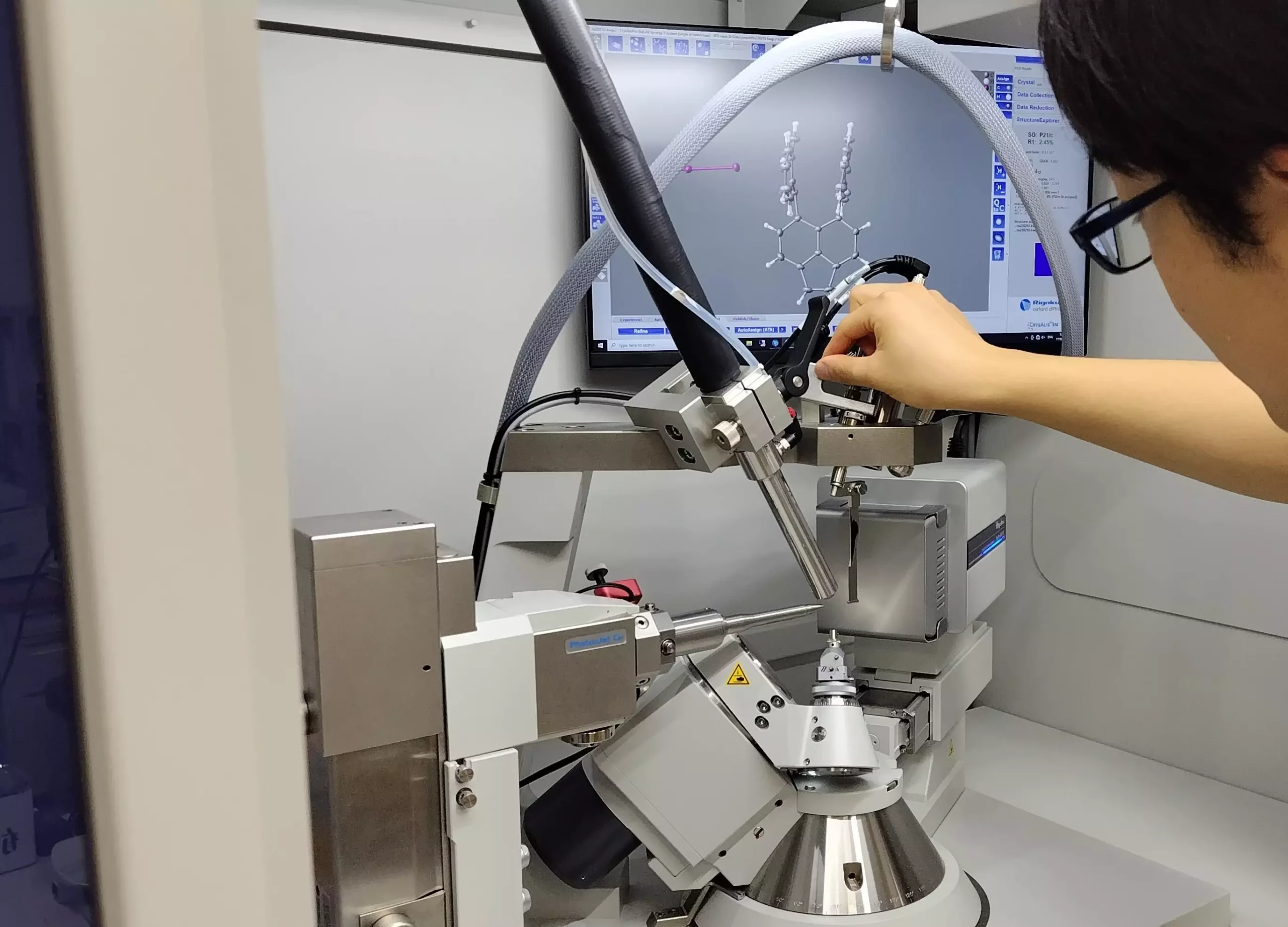Covalent bonds form the backbone of organic chemistry, connecting atoms through the sharing of electron pairs. In 1931, Linus Pauling, a trailblazer in the field, theorized the existence of bonds formed by the sharing of a single, unpaired electron. However, these single-electron bonds were believed to be inherently weaker than their double-electron counterparts. Despite considerable interest from the scientific community, locating such bonds, particularly between carbon atoms, has remained elusive—up until recently.
Innovative research undertaken by a team from Hokkaido University has marked a significant advancement in this area. The researchers have successfully isolated a compound that exhibits a single-electron sigma bond between two carbon atoms. This finding, recently published in the esteemed journal *Nature*, provides the first experimental evidence of such a bond existing in carbon-carbon interactions. Professor Yusuke Ishigaki, a co-author of the study, highlighted the implications of this discovery, mentioning that comprehending single-electron sigma bonds could enrich our understanding of chemical bonding and underlying chemical reactions.
The formation of this unprecedented bond involved a derivative of hexaphenylethane, which initially possesses a considerably stretched paired-electron covalent bond between its carbon atoms. The researchers subjected this derivative to an oxidation reaction while introducing iodine, leading to the emergence of dark violet crystals identified as an iodine salt. It was through the application of X-ray diffraction analysis that the close proximity of the carbon atoms was evidenced, suggesting that single-electron covalent bonds were indeed present. The team further validated their findings through Raman spectroscopy, a technique that shed light on molecular vibrations and contributed to the confirmation of the unique bonding structure.
The identification of single-electron covalent bonds in carbon systems offers a pathway to future inquiries into this relatively uncharted territory of chemistry. Takuya Shimajiri, the lead author of the paper and currently at the University of Tokyo, emphasized the groundbreaking nature of their findings. By establishing experimental evidence for single-electron bonds, the research could act as a catalyst for further exploration of this unique type of bonding, potentially revolutionizing our understanding of chemical processes.
The discovery of single-electron sigma bonds between carbon atoms represents a vital step forward in the landscape of chemistry. Addressing a nearly century-old question, the research conducted at Hokkaido University not only provides insight into the mechanics of covalent bonding but also stimulates curiosity for advanced studies in chemical reactions and interactions. As chemists continue to decode the complexities of bonding, this breakthrough stands as an invitation to delve deeper into the enchanting world of molecular chemistry, where the delicate balance of electron sharing plays a pivotal role in shaping matter.


Leave a Reply